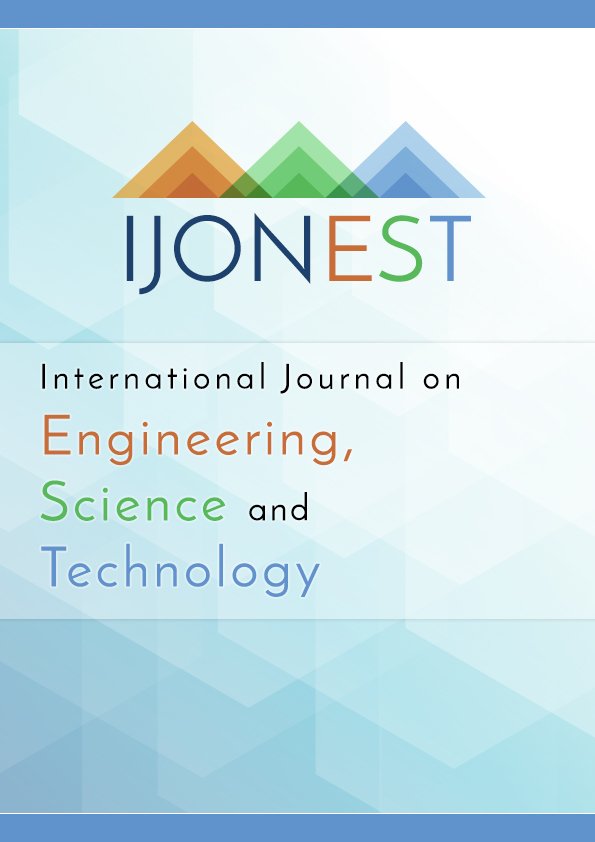Efforts to Improve Science Learning Outcomes and Student Activity with a Contextual Teaching and Learning Model in Grade III SDN Bangka 3 Bogor City
DOI:
https://doi.org/10.46328/ijonest.103Keywords:
Contextual, Model Teaching and Learning, activeness and student, learning outcomesAbstract
This research moves from the phenomenon that occurs in the classroom that low student learning outcomes in science learning on the subject of energy and its changes. Therefore, through this research, it is hoped that it will obtain the right way to improve the quality of science learning at SDN Bangka 3 in increasing the activeness and learning outcomes of science on the subject of energy and its change by using a contextual teaching and learning model. This research aims to 1.) Describing the Contextual Teaching and Learning (CTL) Model in the process of making windmills to improve student learning outcomes about energy and its changes in science subjects in grade III SDN Bangka 3 Bogor City. 2.) Measuring how much the increase in activeness n and student learning outcomes about energy and its changes using the Contextual Teaching and Learning (CTL) Model in science subjects in grade III SDN Bangka 3 Bogor City. The results of this study show that using the Contextual Teaching and Learning Model can be a fun variety of learning for students so that it is proven to improve student learning outcomes in grade III SDN Bangka 3 Bogor City. Before using the Contextual Teaching and Learning Model, the results of the student teaching bell only reached an average score of 70 then there was an increase after using the assignment learning method to 74 in cycle I, 78 in cycle II and 82 in cycle III. From the description above, the researcher concluded that the use of the Contextual Teaching and Learning Model adapted to the learning material can create a pleasant learning situation so that there is an increase in the learning outcomes of grade III students at SDN Bangka 3 Bogor City.Downloads
Published
Issue
Section
License
Articles may be used for research, teaching, and private study purposes. Authors alone are responsible for the contents of their articles. The journal owns the copyright of the articles. The publisher shall not be liable for any loss, actions, claims, proceedings, demand, or costs or damages whatsoever or howsoever caused arising directly or indirectly in connection with or arising out of the use of the research material.
The author(s) of a manuscript agree that if the manuscript is accepted for publication in the International Journal on Engineering, Science and Technology (IJonEST), the published article will be copyrighted using a Creative Commons “Attribution 4.0 International” license. This license allows others to freely copy, distribute, and display the copyrighted work, and derivative works based upon it, under certain specified conditions.
Authors are responsible for obtaining written permission to include any images or artwork for which they do not hold copyright in their articles, or to adapt any such images or artwork for inclusion in their articles. The copyright holder must be made explicitly aware that the image(s) or artwork will be made freely available online as part of the article under a Creative Commons “Attribution 4.0 International” license.

This work is licensed under a Creative Commons Attribution-NonCommercial-ShareAlike 4.0 International License.





